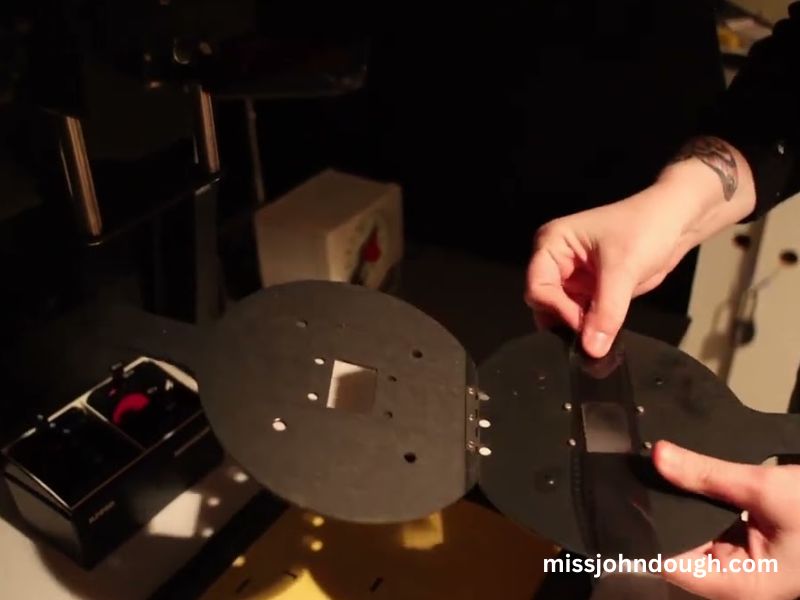The Beseler 23C and 23CII enlargers have been staples in darkrooms for decades, renowned for their durability and versatility in photographic printing. Understanding the distinctions between these two models is essential for photographers aiming to select the most suitable equipment for their needs.
Comparing the Beseler 23C and 23CII Enlargers: Features, Performance, and Considerations
The Beseler 23C series has a storied history, with the 23C and 23CII models representing significant milestones in photographic enlarger design. Both models cater to 35mm and medium format negatives, offering robust construction and reliable performance. However, subtle differences in design and functionality can influence a photographer’s choice.
Design and Build Quality
- Beseler 23C: Introduced in the mid-20th century, the 23C features a sturdy, die-cast construction. Its design emphasizes simplicity and ease of use, making it a popular choice among both amateur and professional photographers.
- Beseler 23CII: Building upon the foundation of the 23C, the 23CII incorporates enhancements aimed at improving alignment and ease of use. Notably, it features a positive rack-and-pinion elevation system with a locking mechanism, ensuring that magnification settings remain stable during focus and exposure.
Negative Carrier System
- Beseler 23C: Utilizes spring-loaded, aluminum alloy negative carriers that can be revolved for precise image positioning. This system accommodates various film formats, providing flexibility for different photographic needs.
- Beseler 23CII: Also employs a similar negative carrier system but with improvements in alignment and ease of use. The carriers are designed to be more user-friendly, facilitating quicker setup and adjustments.
Light Source and Filter System
- Beseler 23C: Typically equipped with a condenser head, the 23C uses below-the-lens filter holders for contrast control. This setup is suitable for black and white printing, offering straightforward operation.
- Beseler 23CII: The 23CII often comes with a dichroic color head, allowing for continuous variable filtration. This feature enables precise color balance adjustments, making it advantageous for color printing.
Elevating Mechanism
- Beseler 23C: Features a manual elevation system, which requires physical adjustment to change the projection size. While effective, it may be less convenient for rapid changes during printing sessions.
- Beseler 23CII: Incorporates a positive rack-and-pinion elevation system with a locking mechanism. This design ensures smooth and precise adjustments, enhancing the overall printing workflow.
Lens Compatibility
Both models are compatible with a range of high-quality enlarging lenses. For 35mm negatives, a 50mm lens is commonly used, while medium format negatives typically require an 80mm lens. The choice of lens significantly impacts image quality, with reputable brands such as Nikon, Schneider, and Rodenstock offering excellent options.
Performance and Image Quality
Both the Beseler 23C and 23CII are capable of producing high-quality prints. The 23CII’s enhancements, particularly in alignment and elevation adjustments, contribute to improved ease of use and consistency in print quality. The choice between the two models may depend on specific printing requirements and personal preferences.
Considerations for Photographers
When choosing between the Beseler 23C and 23CII, consider the following factors:
- Printing Requirements: If your work involves color printing and requires precise color balance adjustments, the 23CII’s dichroic color head may be advantageous.
- Workflow Efficiency: The 23CII’s rack-and-pinion elevation system offers smoother and more precise adjustments, potentially enhancing workflow efficiency.
- Budget: While both models are durable and reliable, the 23CII’s additional features may come at a higher cost. Assessing your budget and determining which features are essential for your work can guide your decision.
Conclusion
Both the Beseler 23C and 23CII enlargers offer robust performance and reliability for darkroom printing. The 23CII introduces enhancements that improve alignment, ease of use, and versatility, particularly for color printing. Ultimately, the choice between the two models should be based on your specific printing needs, workflow preferences, and budget considerations.


